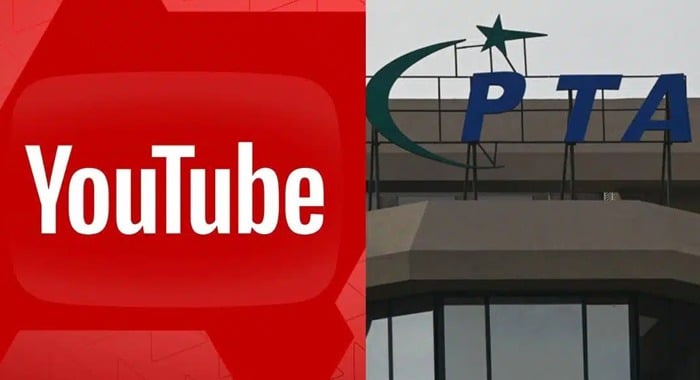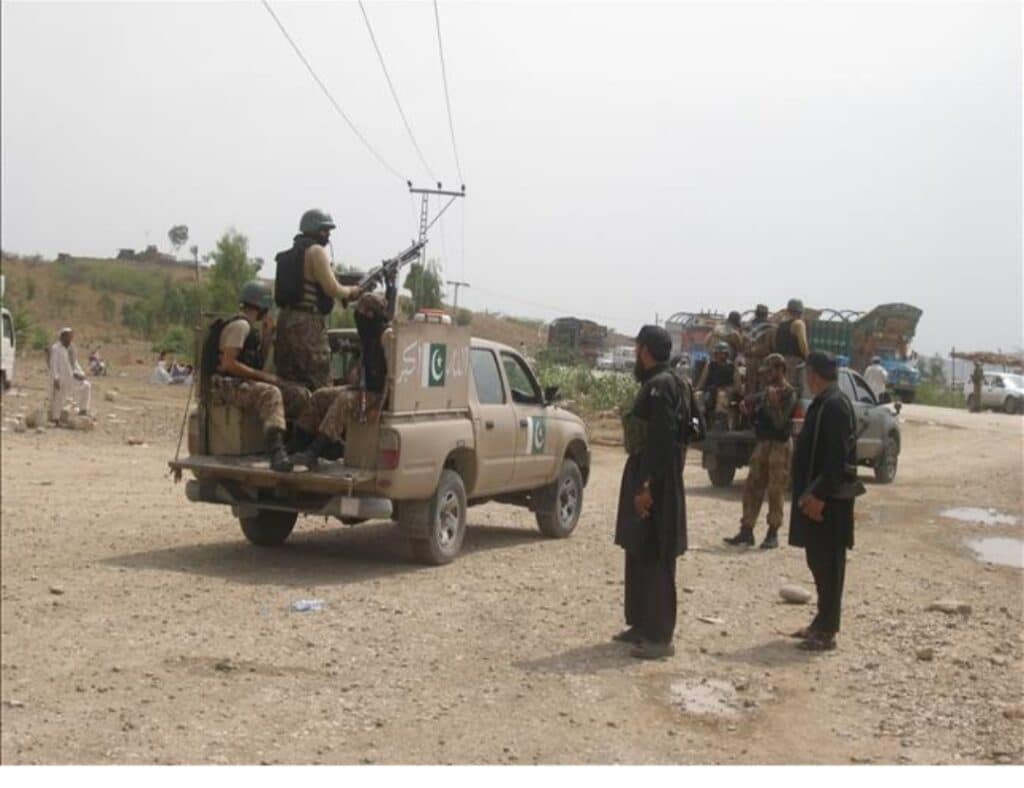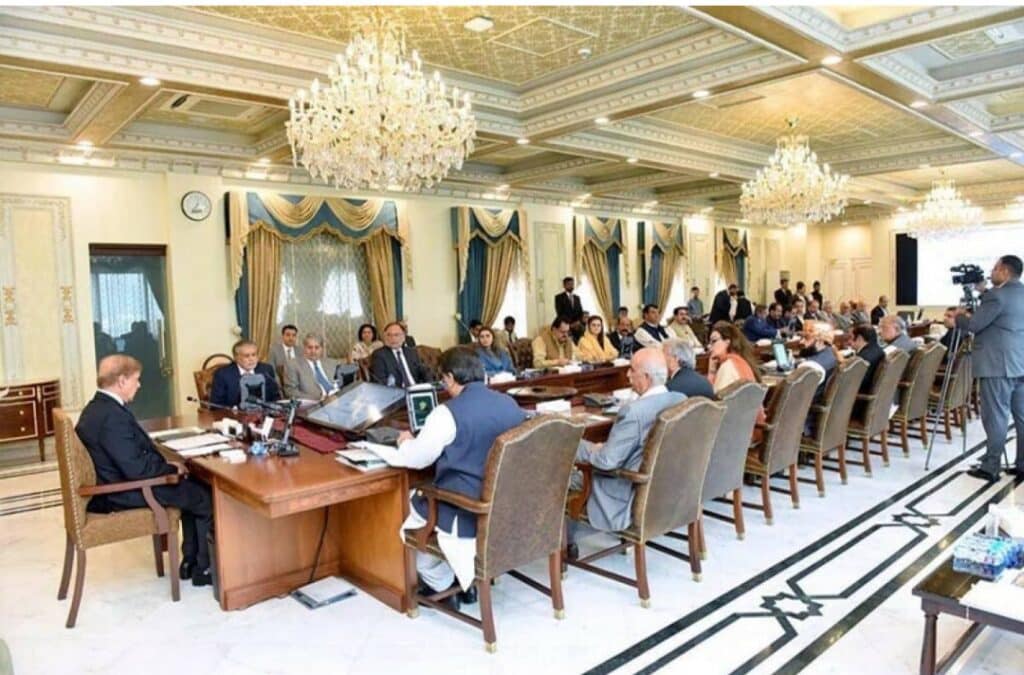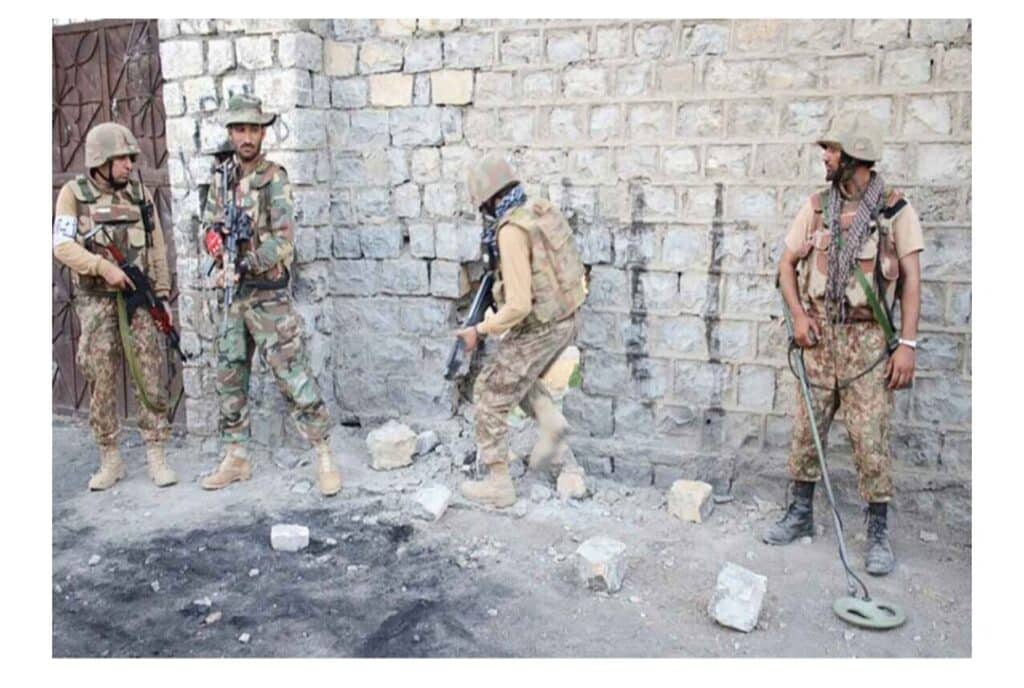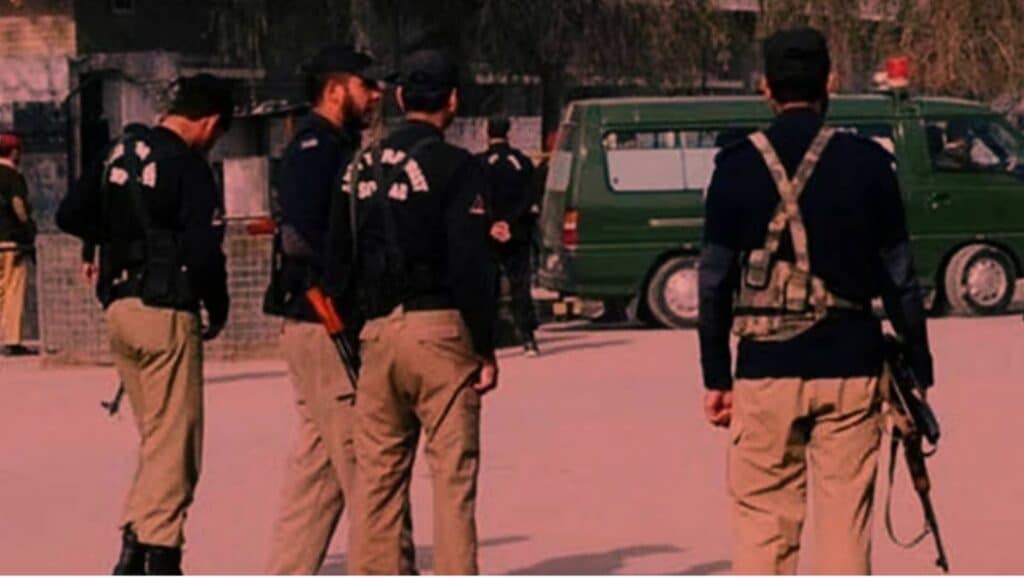As tensions between Pakistan and India escalate following the controversial Pahalgam incident, Indian social media accounts have ramped up disinformation campaigns targeting Pakistan. In the latest wave of propaganda, several Indian handles circulated screenshots falsely claiming that Pakistan had banned YouTube.
The circulated screenshot, purportedly from the Pakistan Telecommunication Authority (PTA), stated that YouTube had been blocked nationwide due to a surge in blasphemous content. However, official sources have clarified that the screenshot is from a 2011 court-ordered action and has no connection to any recent decision by PTA.
Authorities confirm that YouTube remains accessible across Pakistan in 2025. The PTA has not imposed any new restrictions, and the circulated notice pertains to an old High Court directive more than a decade ago. At the time, the PTA had used every available legal and regulatory avenue, including lodging formal protests with Facebook and YouTube, to restrict blasphemous content in accordance with Pakistan’s constitutional and judicial obligations.
Contrary to the Indian claims, it is actually the Indian government that has recently imposed sweeping restrictions on Pakistani content. Multiple Pakistani sports, entertainment, and news channels have been blocked from Indian platforms, including the official YouTube channels of Prime Minister Shehbaz Sharif and the military’s media wing, Inter-Services Public Relations (ISPR).
Notably, ISPR had released detailed video evidence exposing alleged Indian government involvement in the Pahalgam operation, which gained significant traction among Indian viewers before access was abruptly restricted.
Analysts say the recent surge in misinformation reflects a broader attempt by Indian media and digital forces to distract from the fallout of the Pahalgam debacle and suppress content that challenges their official narrative.

